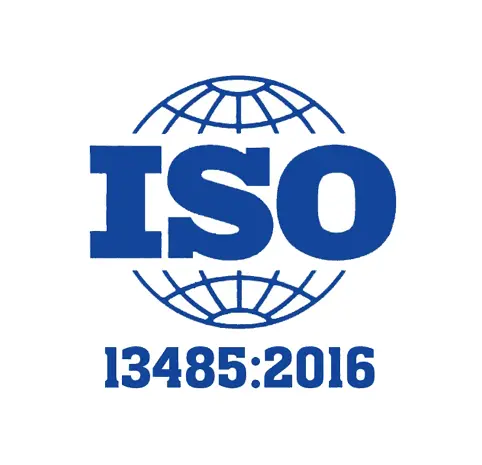In today’s fast-paced and interconnected world, supply chain management plays a pivotal role in the success of businesses. To stay competitive, organizations are turning to cutting-edge technologies such as artificial intelligence (AI) and machine learning (ML) to optimize their supply chain processes.
This article delves into the transformative power of AI and ML in supply chain optimization, highlighting the power points of both emerging technologies.
How AI and Machine Learning benefits the industry
Enhanced Demand Forecasting:
Accurate demand forecasting is critical for effective supply chain management. Traditional forecasting methods often fall short in capturing complex market dynamics and demand patterns.
However, AI and ML algorithms excel in analyzing vast amounts of historical and real-time data, enabling organizations to make more precise predictions.
By leveraging AI and ML techniques, businesses can identify patterns, correlations, and hidden insights within their data, leading to improved demand forecasting accuracy. These technologies can consider various factors such as historical sales data, market trends, customer sentiment, and even external factors like weather patterns. The result is a more reliable demand forecast that assists in aligning production levels, optimizing inventory, and minimizing stockouts or overstock situations.
Cost Reduction and Efficiency:
Supply chain optimization revolves around cost reduction and efficiency enhancements. AI and ML offer invaluable capabilities in this regard by identifying inefficiencies, automating processes, and optimizing decision-making.
One area where AI and ML excel is in route optimization. By analyzing real-time data on traffic conditions, weather, and other variables, these technologies can optimize delivery routes, minimizing transportation costs and reducing fuel consumption. Additionally, they can help
in load consolidation, ensuring that trucks are fully utilized and reducing the number of trips required.
ML algorithms can also improve procurement processes by analyzing historical data on supplier performance, lead times, and pricing trends. This enables organizations to identify the most reliable and cost-effective suppliers, negotiate better contracts, and reduce the risk of supply chain disruptions.
Streamlining Operations:
The complexity of modern supply chains often leads to inefficiencies and delays. AI and ML offer effective solutions to streamline operations and enhance overall supply chain performance. One significant application is predictive maintenance. By analyzing sensor data, historical maintenance records, and other relevant information, AI and ML algorithms can predict equipment failures before they occur. This enables
proactive maintenance, reducing downtime and improving operational efficiency.
AI-powered inventory management systems can optimize inventory levels byanalyzing historical demand patterns, lead times, and other factors. This prevents stockouts or excess inventory, ultimately reducing carrying costs and improving order fulfillment rates.
Additionally, AI and ML can improve warehouse operations through automated picking, sorting, and replenishment processes. By deploying
robots or autonomous vehicles equipped with AI capabilities, organizations can enhance speed, accuracy, and operational flexibility within their warehouses.
A few things to have in mind:
While AI and ML offer immense potential for supply chain optimization, there are several challenges to consider. Data quality and availability, privacy concerns, and the need for skilled talent to develop and manage these systems are some of the key hurdles organizations may face.
It is crucial for organizations to ensure the integrity and quality of their data to derive accurate insights. Data collection and integration across multiple systems within the supply chain can be complex, requiring a robust data management strategy.
Furthermore, organizations must address privacy and security concerns associated with handling sensitive data. Compliance with data protection regulations and implementing appropriate security measures should be a priority.







